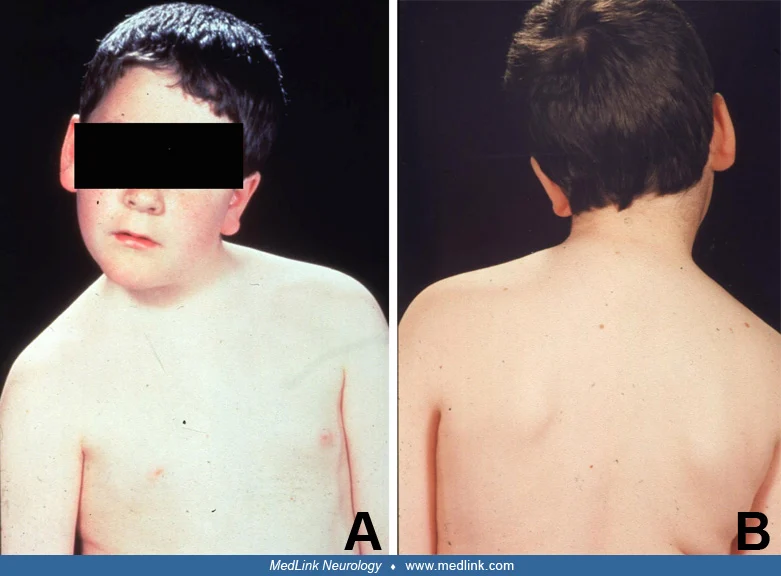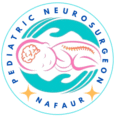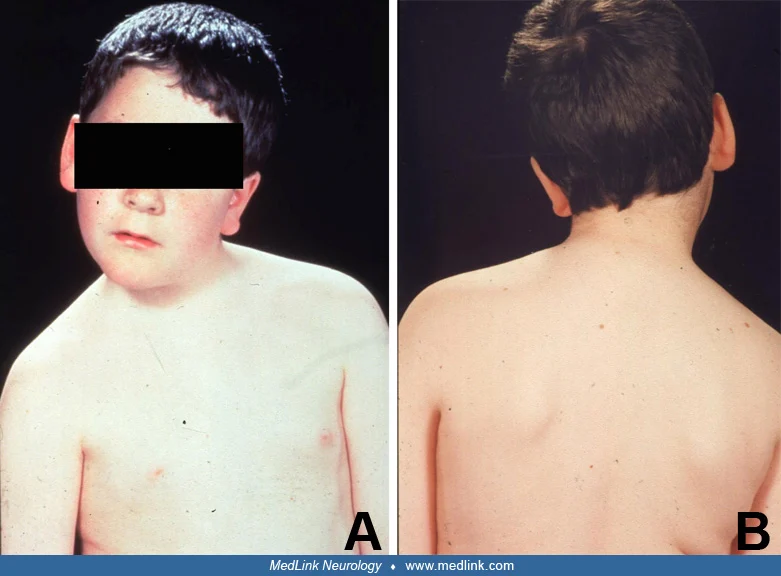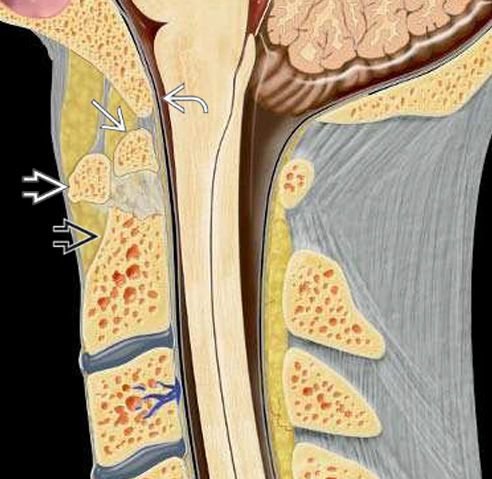Odontoid Hypoplasia
Odontoid Hypoplasia
Pediatric Odontoid Hypoplasia is a rare congenital cervical spine condition that causes instability at the craniovertebral junction (CVJ) due to an underdeveloped odontoid process (dens), a critical part of the C2 (axis) vertebra. This structural abnormality can result in atlantoaxial instability, spinal cord compression, and severe neurological symptoms in infants and children. Without early detection and specialized neurosurgical care, children may face progressive weakness, developmental delay, or even life-threatening respiratory issues. In Bangladesh, this condition is under-recognized due to limited screening for congenital spinal disorders. However, with growing awareness and expert surgical intervention available through specialists like Dr. Md. Nafaur Rahman—Assistant Professor of Pediatric Neurosurgery at the National Institute of Neurosciences & Hospital and Chief Consultant of Bangladesh Paediatric Neurocare Centre—children with odontoid hypoplasia now have access to accurate diagnosis and life-changing treatment. 🧠 What is Odontoid Hypoplasia? The odontoid process, or dens, is a small peg-like bone that extends upward from the C2 vertebra and plays a crucial role in stabilizing the head and neck. In odontoid hypoplasia, this bone is underdeveloped or absent, leading to excessive movement between the first (C1) and second (C2) vertebrae—commonly called atlantoaxial instability. This instability poses a significant risk of spinal cord compression, which can lead to: Sudden falls Weakness or paralysis Breathing and swallowing difficulties Abnormal head posture Developmental delay in young children 📊 Causes and Associated Conditions In Bangladesh, Pediatric Odontoid Hypoplasia may be congenital or associated with several genetic or syndromic conditions, including: Down Syndrome Morquio Syndrome (Mucopolysaccharidosis Type IV) Achondroplasia Klippel-Feil Syndrome Neurofibromatosis Type 1 Post-infectious bone disorders (e.g., tuberculosis, rickets) In many cases, the condition remains undiagnosed until the child develops symptoms or suffers a neck injury. 🚸 Signs and Symptoms in Bangladeshi Children In the local clinical context, common symptoms observed include: Neck stiffness or torticollis (tilted neck) Difficulty walking or frequent falling Delayed milestones Breathing difficulties, especially while sleeping Weakness or loss of hand function Sudden drop attacks or unexplained unconsciousness Facial asymmetry or short neck appearance In rural areas of Bangladesh, these symptoms are often mistaken for orthopedic or nutritional disorders, delaying crucial neurosurgical intervention. 🏥 Diagnosis of Odontoid Hypoplasia in Bangladesh Accurate diagnosis involves advanced imaging, which is now available in most tertiary centers: X-rays (especially flexion-extension views) of the cervical spine MRI to assess spinal cord compression or syrinx formation CT scan with 3D reconstruction for precise bone anatomy and surgical planning Dr. Md. Nafaur Rahman routinely performs these evaluations at the National Institute of Neurosciences & Hospital (NINS&H) and Bangladesh Paediatric Neurocare Centre for both inpatient and referred cases. ⚕️ Surgical Treatment of Odontoid Hypoplasia Children diagnosed with odontoid hypoplasia and atlantoaxial instability often require surgical stabilization to prevent spinal cord damage. The preferred surgical approach includes: Posterior cervical fusion (C1-C2 or occipito-cervical fusion) using titanium implants Intraoperative spinal cord monitoring for safety Decompression surgery in cases of severe cord compression Customized care for syndromic children (e.g., Down or Morquio syndrome) Dr. Md. Nafaur Rahman is one of Bangladesh’s leading experts in pediatric spine instrumentation and has performed numerous successful surgeries for CV junction anomalies, including odontoid hypoplasia. ✅ Post-Surgical Outcomes and Rehabilitation With timely surgery, most children can achieve: Restoration of head and neck stability Recovery of motor function and coordination Resolution of breathing and swallowing difficulties Better cognitive and physical development Post-surgery care includes neck bracing, physiotherapy, and long-term follow-up for growth and implant monitoring. 👨⚕️ Why Choose Dr. Md. Nafaur Rahman for Pediatric Spine Surgery in Bangladesh? 🎓 Assistant Professor, Pediatric Neurosurgery, NINS&H 🏥 Chief Consultant, Bangladesh Paediatric Neurocare Centre 🧠 Specialized in pediatric CV junction anomalies, spinal deformities, and congenital brain disorders 🔬 Trained in advanced pediatric spine instrumentation and neuro-navigation 🇧🇩 Trusted by pediatricians and NICUs across Bangladesh 🌍 Serving Children Nationwide Families from Dhaka, Chattogram, Sylhet, Khulna, Rajshahi, Barisal, Mymensingh, and rural Bangladesh regularly seek expert care from Dr. Nafaur Rahman. His centers are equipped for both emergency and elective pediatric spine care. 📞 Appointments & Contact Information To consult about Pediatric Odontoid Hypoplasia or other spine-related conditions: 📱 Serial Numbers: 📞 +8801912988182 📞 +8801607033535 🌐 Website: www.neurosurgeonnafaur.com 📍 Locations: National Institute of Neurosciences & Hospital, Dhaka Bangladesh Paediatric Neurocare Centre




